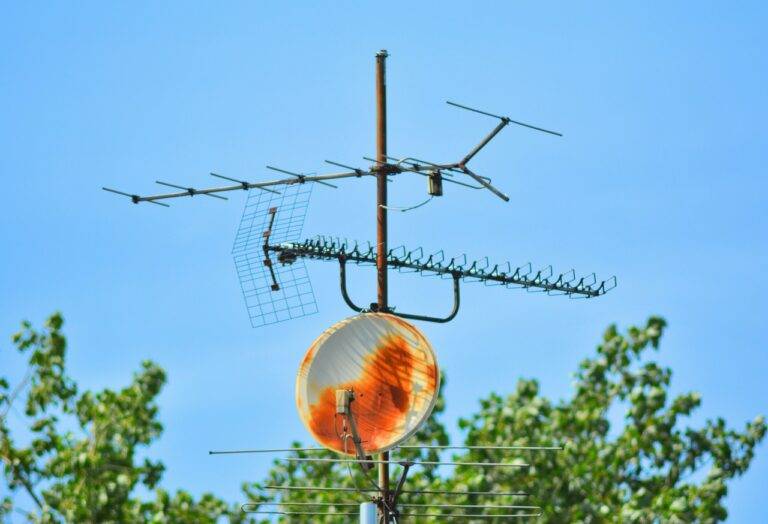Creating a Butterfly Haven: Designing Gardens for Butterfly Conservation
Ensuring the existence of butterfly havens in gardens can bring forth numerous advantages. By cultivating plants that cater to the needs of butterflies, individuals contribute to the preservation of these vital pollinators. The presence of butterflies adds vibrancy and beauty to outdoor spaces, enhancing the overall aesthetic appeal of gardens.
Moreover, creating butterfly havens can also act as a natural form of pest control. By attracting butterflies, gardeners can reduce the population of harmful insects in their gardens without the need for chemical intervention. This environmentally friendly approach not only benefits the local ecosystem but also promotes a healthier and more balanced garden environment.
Understanding the Importance of Butterfly Conservation
When considering the importance of butterfly conservation, we must recognize the pivotal role these delicate creatures play in our ecosystem. As pollinators, butterflies contribute to the process of plant reproduction, aiding in the development of fruits, seeds, and flowers. Additionally, they serve as indicators of environmental health, signaling potential imbalances or disruptions in their habitats.
Furthermore, butterflies hold cultural significance across various societies and have long been admired for their beauty and grace. By conserving butterfly populations, we not only safeguard biodiversity but also preserve an integral part of our natural heritage. As such, efforts to protect butterflies and their habitats are essential in maintaining the overall health and balance of our environment.
Why are butterflies important for the ecosystem?
Butterflies play a crucial role in pollination, helping plants reproduce and maintain biodiversity. They also serve as food sources for other organisms in the food chain.
How can creating butterfly havens in gardens help with conservation efforts?
By providing a habitat with native plants and nectar sources, gardens can attract butterflies and provide them with a safe space to feed, breed, and thrive.
What are some benefits of butterfly conservation?
Butterfly conservation can help maintain healthy ecosystems, support biodiversity, and contribute to the overall well-being of the environment.
How can individuals contribute to butterfly conservation efforts?
Individuals can plant native plants, avoid pesticide use, and create butterfly-friendly habitats in their own gardens to support butterfly populations.
What are some common threats to butterfly populations?
Habitat loss, climate change, pesticide use, and invasive species are some of the major threats facing butterfly populations around the world.





